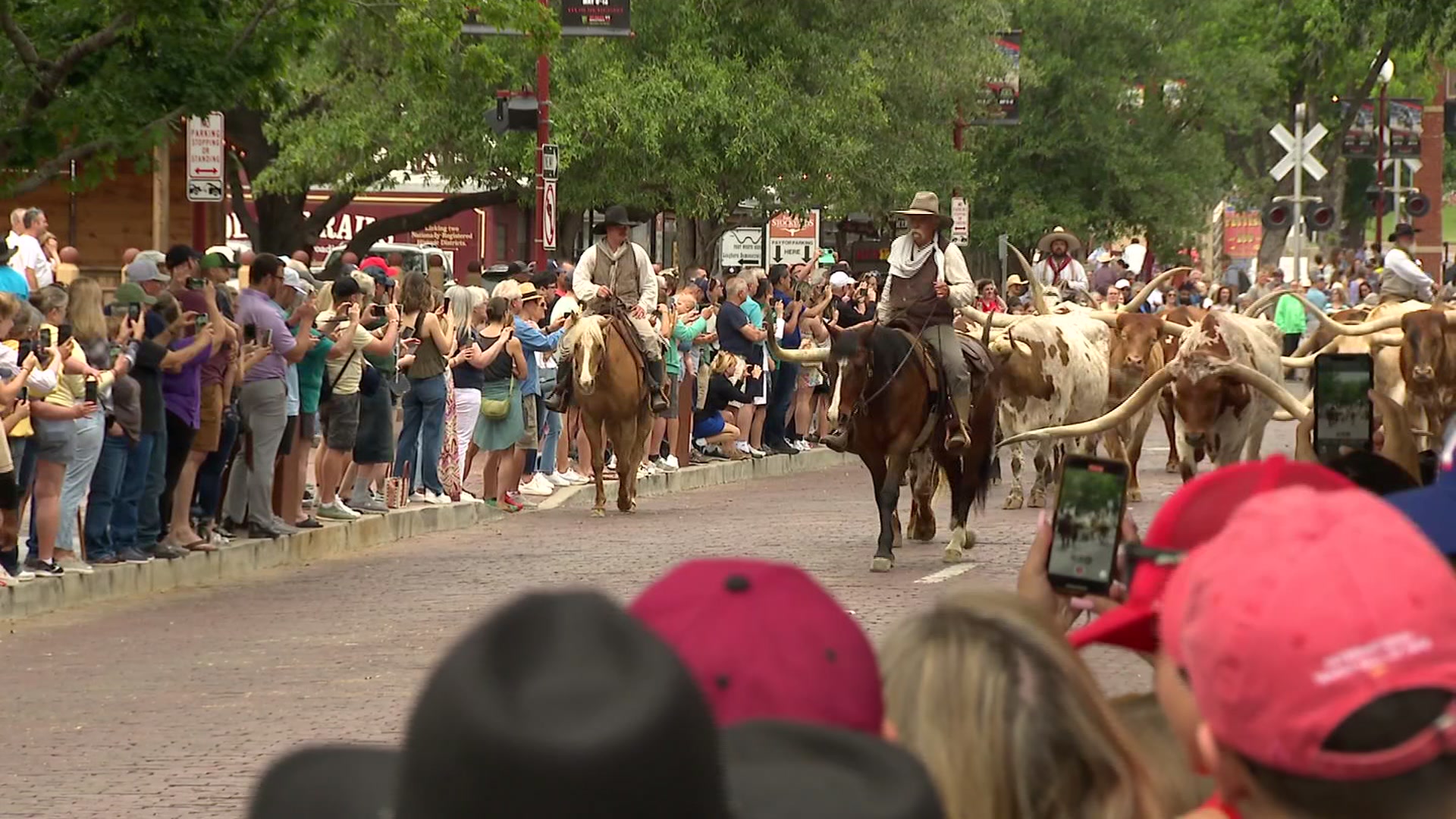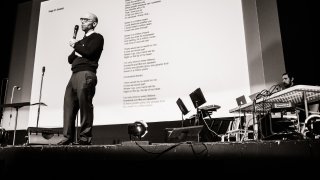
Developing Betty’s Notebook took three years. The most demanding work for composer Nicholas Reeves was the months he spent transforming the choral work from a concert piece to a programmable music NFT (non-fungible token). “I had to ignore my family for four months,” Reeves said with a laugh.
Verdigris Ensemble premiered Betty’s Notebook as a live concert in 2019. The choral work is based on the notebook of Betty Klenck, a 15-year-old who heard what sounded like distress calls from Amelia Earhart as she listened to a shortwave radio in 1937.
Reeves began the process of developing Betty’s Notebook into a programmable music work by listening to recordings of that concert as well as revisiting an interview with the grown-up Betty Klenck Brown as she recalled the distress calls. “It wasn’t a matter of me changing anything. It was a matter of me adding onto the material that we already used. As it was written, it was a work written to be realized in a studio context,” Reeves said.
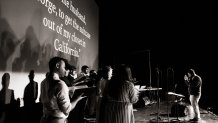
Get DFW local news, weather forecasts and entertainment stories to your inbox. Sign up for NBC DFW newsletters.
Betty’s Notebook is comprised of audio-visual four layers.
- The Choir sings the content of what Klenck wrote in her notebook. This layer represents Amelia Earhart’s voice in the piece.
- Betty’s Voice narrates Klenck’s memories of hearing what she thought were the distress calls of Earhart, explaining what happened in the moment.
- Betty’s Choir is a choir of overtone pitches taken from a spectral analysis of Klenck’s speaking voice. Betty’s Choir sounds like the gentle buzz of an airplane, or at times, a propeller, and is interference that obscures the distress calls.
- Betty’s Radio is a conglomeration of five different recreations of jazz standards that would have been playing in the 1930s. This layer is another interference that obscures the distress calls.
For the programmable music work, Reeves developed three permutations of each layer, realizing different timbres, rhythms, ambiances to create something new.
The Scene
“We had to think about what were the different ways we could provide a different iteration for each of those four layers so that took some stretching,” Reeves said. “I think the hardest thing for me was to dig deep and figure out the different narrations of Betty.”
Each layer can be purchased, and the layer owner can switch between permutations to hear different aspects of Klenck’s story. “That’s exciting because instead of a two-dimensional form of storytelling, maybe you can have more dimensions added to it, more perspectives,” Reeves said. “The patrons become part of the creative process.”
To create the visual component, Verdigris Ensemble turned to Bryan Brinkman, a visual artist and animator who has worked on NBC’s The Tonight Show Starring Jimmy Fallon and Saturday Night Live. Brinkman has vast experience in the digital art world. He has presented at galleries but found crypto art allows him to build relationships with collectors directly and find niche markets like programmable music. “You can do stuff in this medium that you can never do outside of it,” Brinkman said.
With NFTs becoming more popular, Saturday Night Live created a sketch explaining the buzz. “Some of my NFTs were in that sketch, kind of Easter eggs within it,” Brinkman said. “When I saw the script, I was like, ‘Oh man, this is like my two worlds colliding!’ But it was so fun because of the people on the set, I had experience, so I was able to lend wisdom and advice on how to present it, reference it. It was a wild two days.”
For Brinkman, this programmable music NFT is another chapter of Klenck’s story. “The aspects of the piece that resonated with me were the ideas of connection and reaching out and hoping someone hears your story or your cries for help, in this instance,” Brinkman said. “When this project came, I saw this as a continuation of the storytelling journey. And by giving the future owners of these pieces the ability to change it, they are part of the story as well.”
Brinkman uses Klenck’s handwriting and sketches in the notebook and a vintage radio as inspiration for the visual aspect. Each visual element is connected to a different audio layer and shifts in response to a change in layers. “The visuals of the piece are built around the idea of putting ourselves into Betty’s body at the time,” Brinkman said. “We, as viewers while listening, can be in that moment and observe and feel the emotions.”
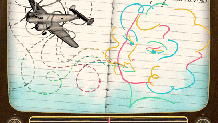
Reeves sees crypto art as changing the way people listen to interact with music. “The opportunities are sort of unheard of because it’s a new way not only for your art to be created but it’s also a new way for your art to be sold,” Reeves said.
Typically, an entity such as an orchestra commissions a new piece of music from a composer and establishes certain criteria for the new work. “The patron doesn’t get to hear the work until the end of the process. This reverses it. So, the patron gets to hear that product just like a patron gets to see a portrait in a gallery and then the patron can decide, ‘Well, do I want to buy it or not?’ It really turns upside down the dynamic of how high art is sold in music,” Reeves said. “This makes it consumer-based.”
Brinkman sees how crypto art is appealing to younger generations who have not started collecting physical art. “This is a way for them to still support artists, collect art, show off art and play into this new ecosystem that is financially teaching them how to use money in different ways and collect and invest,” Brinkman said.
Programmable music NFTs could provide perspective on historic compositions and musicians. Reeves suggests creating a programmable music NFT featuring Leonard Bernstein conducting a Beethoven symphony with three different orchestras across several decades.
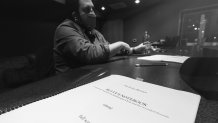
“You could give three different renderings for each movement of a four-movement Beethoven symphony. That would be fascinating because you are presenting one of the greatest musicians America ever produced working with multiple orchestras over a longer period of time,” Reeves said.
Programmable music NFTs could amplify the live concert experience. “Say, they are playing a concert. And that night, they could play a version of the song that the community decided that day. You can integrate it in a way that influences not just the song, but the future of the band in fun ways,” Brinkman said.
For the music industry, Betty’s Notebook is just the beginning. “The possibilities are endless,” Reeves said.
Learn more: https://www.verdigrismusic.org/

